A couple of years ago, one of my Australian garden design students mentioned that Edna Walling was a huge inspiration to her. As an American, I’d never heard of Edna Walling, an early 20th-century landscape architect who was responsible for hundreds of residential gardens across Australia. Convinced I’d find her equally inspiring, my student encouraged me to get my hands on at least one book about her – so I paid the extra $25 in shipping and bought The Vision of Edna Walling by Tricia Dixon and Jennie Churchill from a used book store in Melbourne. She was right – I’ve found a visionary female designer with a beautiful illustrative style and even more inviting gardens – and now I am actively collecting all the books and writings.
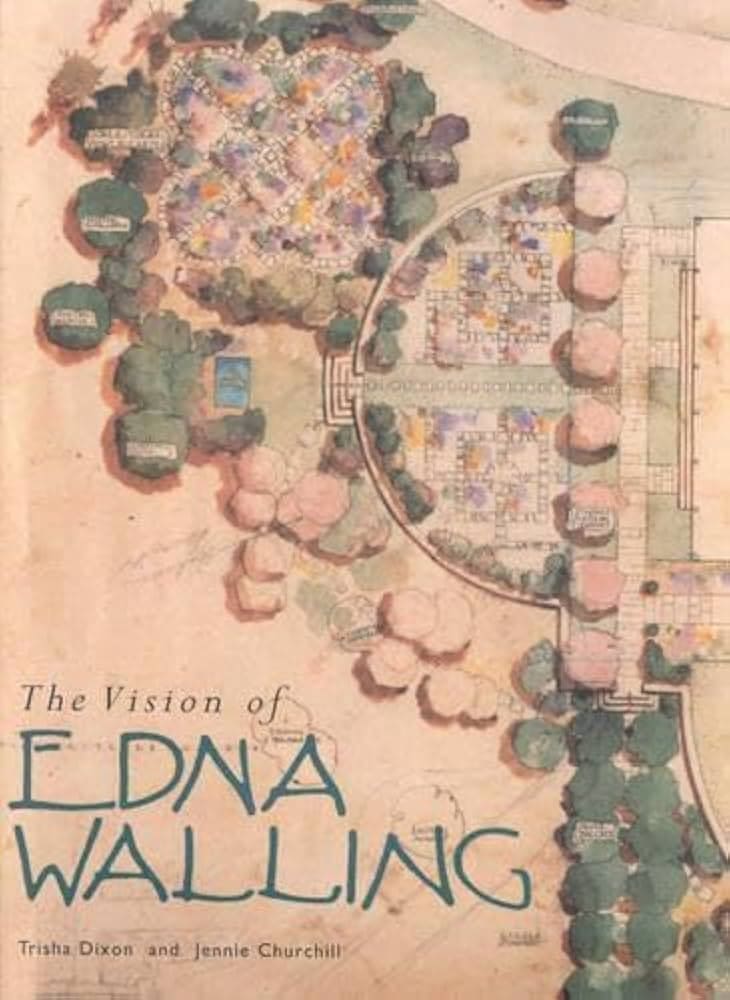
The Design Ethics of Edna Walling
Before Mein Rhys and other European based champions of naturalistic design, Edna was encouraging Australian gardeners to make design choices in stark contrast to the flattened lifeless lawns that were being planted around suburban homes across Australia (and the USA).
Unlike others of her time, Walling’s approach to garden design emphasized harmony with nature and the use of native species. She liked to mimic natural planting communities and create informal designs that looked like they belonged to the surrounding environment. She foreshadowed many of the ecological principles that have become prominent in landscape design of the latter half of the 20th century.
Her design ethics read like a modern manifesto for sustainable garden design professionals, but remember—she was doing this work nearly a hundred years ago, long before it was driven by climate change.
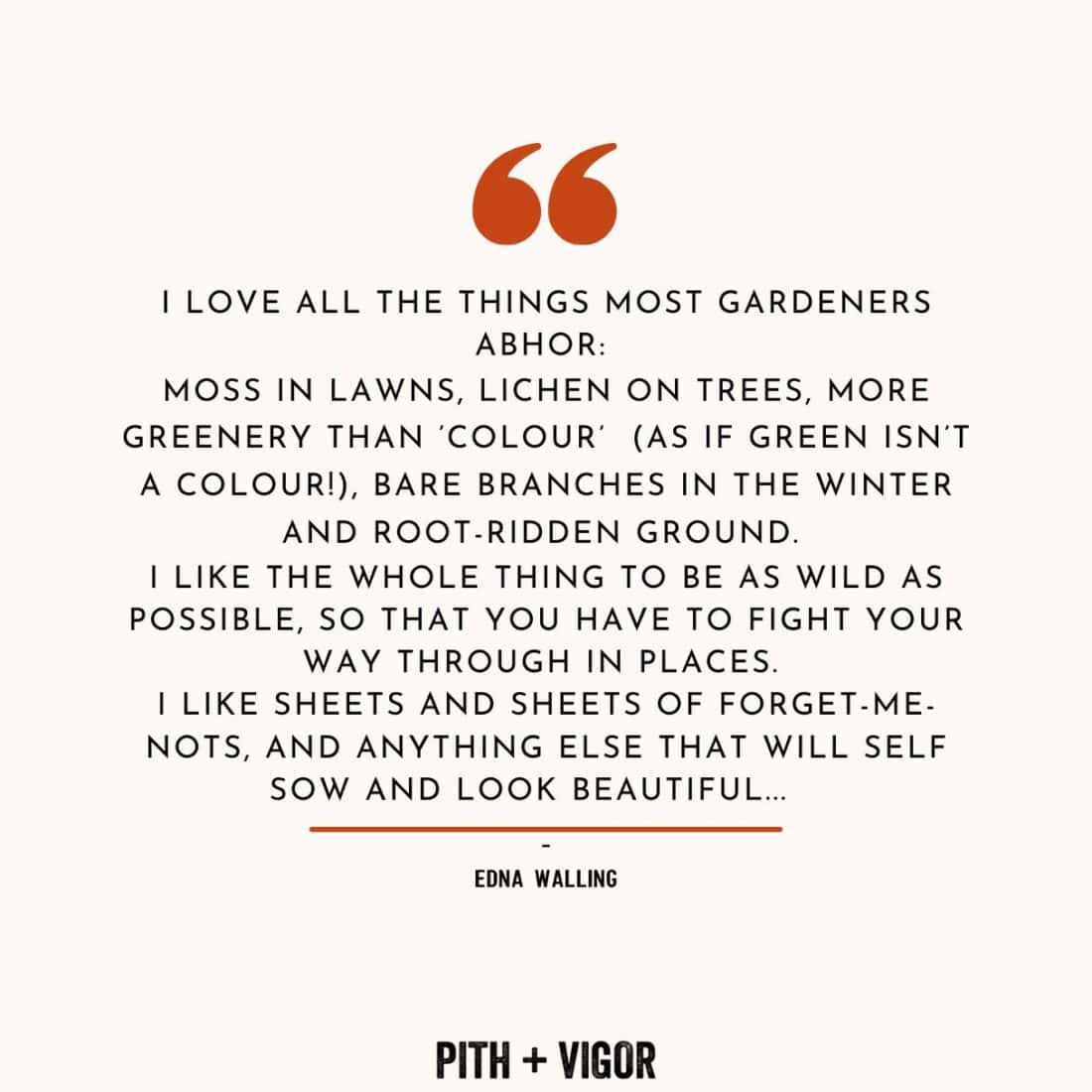
Questioning the philosophy of many mainstream suburban homeowners, with a constant desire to use their homes as wealth indicators and signals of social status, Edna Walling designed communities of houses (like Bickleigh Vale) where the neighborhood full of cottages were landscaped together to creat a cohesive and harmonizing village atmosphere.
Edna Walling on what makes good gardens –
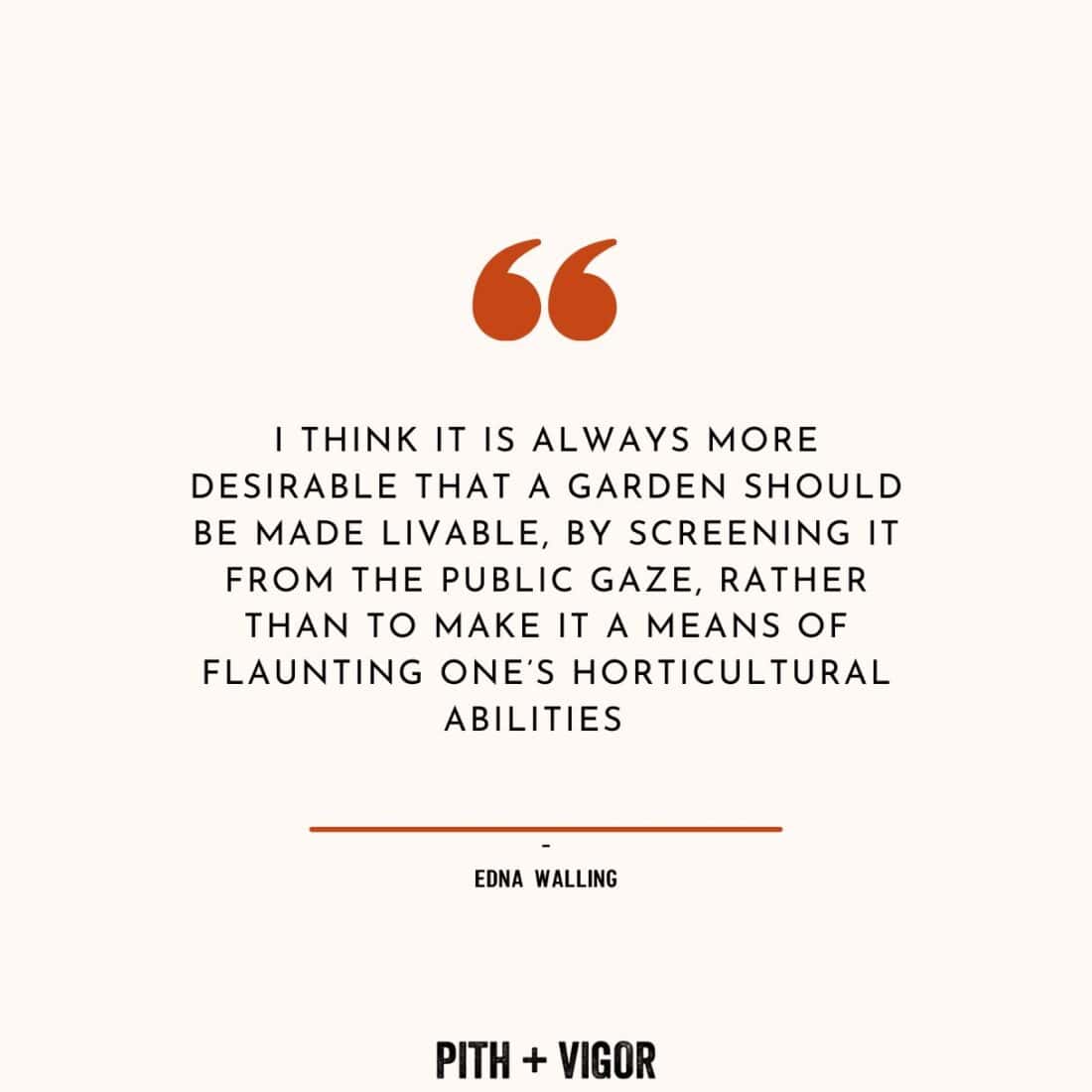
Harmony with Nature
Walling believed gardens should blend seamlessly with the natural landscape, rather than impose upon it. She favored using native plants and creating designs that looked as if they had always been a part of the environment. Her gardens often emphasized an informal, wild look rather than rigid, formal layouts.
Simplicity, Restraint, Minimalism and Functionality
Walling’s designs emphasized simplicity and avoided unnecessary ornamentation. She believed in using a limited palette of plants and materials to create a cohesive and tranquil space. Each element in her gardens had a purpose, and she avoided clutter, allowing the natural beauty of the plants and landscape to shine.
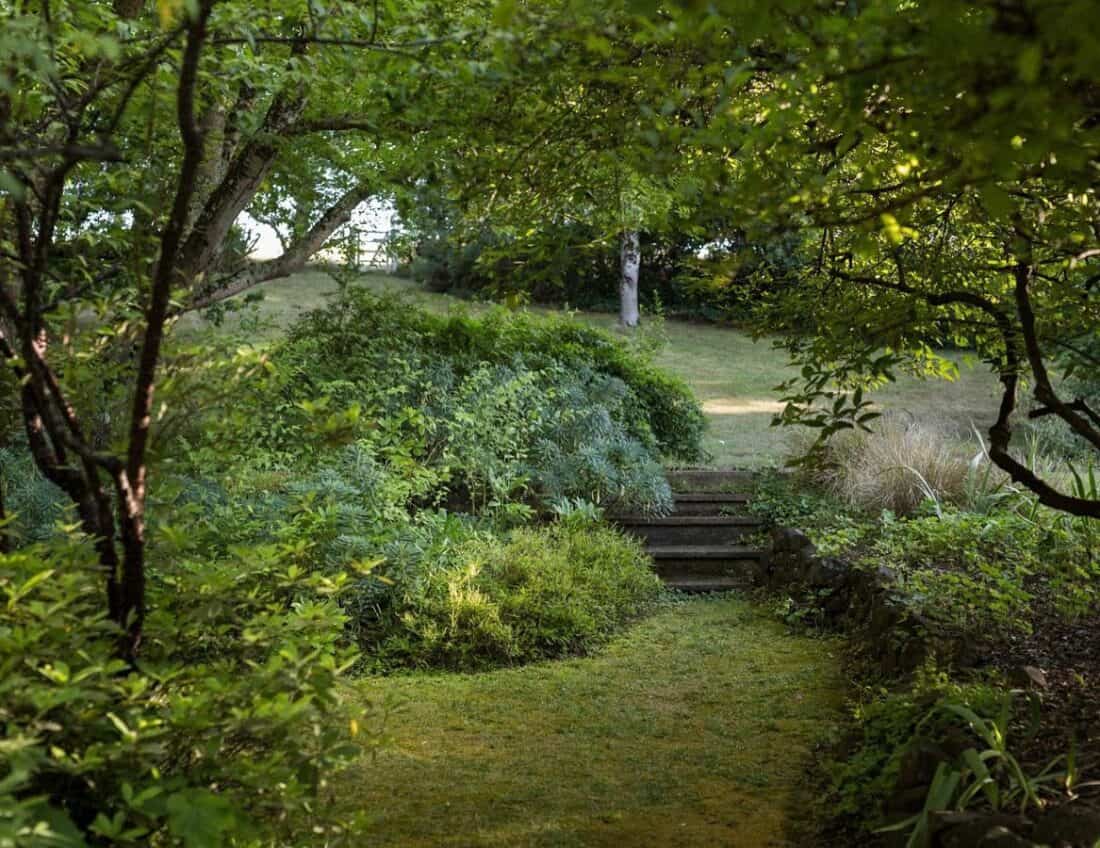
“Then there’s the moss mound, which apparently was the result of a stockpile of dirt from excavating the pool. Walling saw the pile and told the workers to leave it where it was. Some 65 years later and it’s a gorgeous shady, spongy moss-covered natural day bed, sheltered by an old oak tree and offering the perfect angle for laying on with a glass of wine (I’ve tested it).” – Georgina Reid of theplanthunter.com.au / @theplanthunter via joost.emmerik.
Sustainable Practices and Water Management
A pioneer in sustainable gardening, Walling advocated for the conservation of native flora and fauna. She often used locally sourced materials and promoted gardening practices that preserved and enhanced the natural environment.
Understanding the importance of water in the Australian climate, she designed gardens that captured and utilized rainwater efficiently.
Structural Elements – Stonework and Built Forms
Walling was renowned for her use of stone in garden structures such as walls, steps, and pathways. She believed that stone added a timeless, enduring quality to gardens and helped to anchor them within the landscape. She evolved a working relationship and mentorship with Ellis Stones (who is also a renowned Australian landscape designer). Ellis Stones did the stonework in some of Enda’s gardens, and she relied on his talent.
Edna also integrated built forms like pergolas, arches, and garden houses into her designs, ensuring they complemented the natural surroundings and enhanced the garden’s functionality.
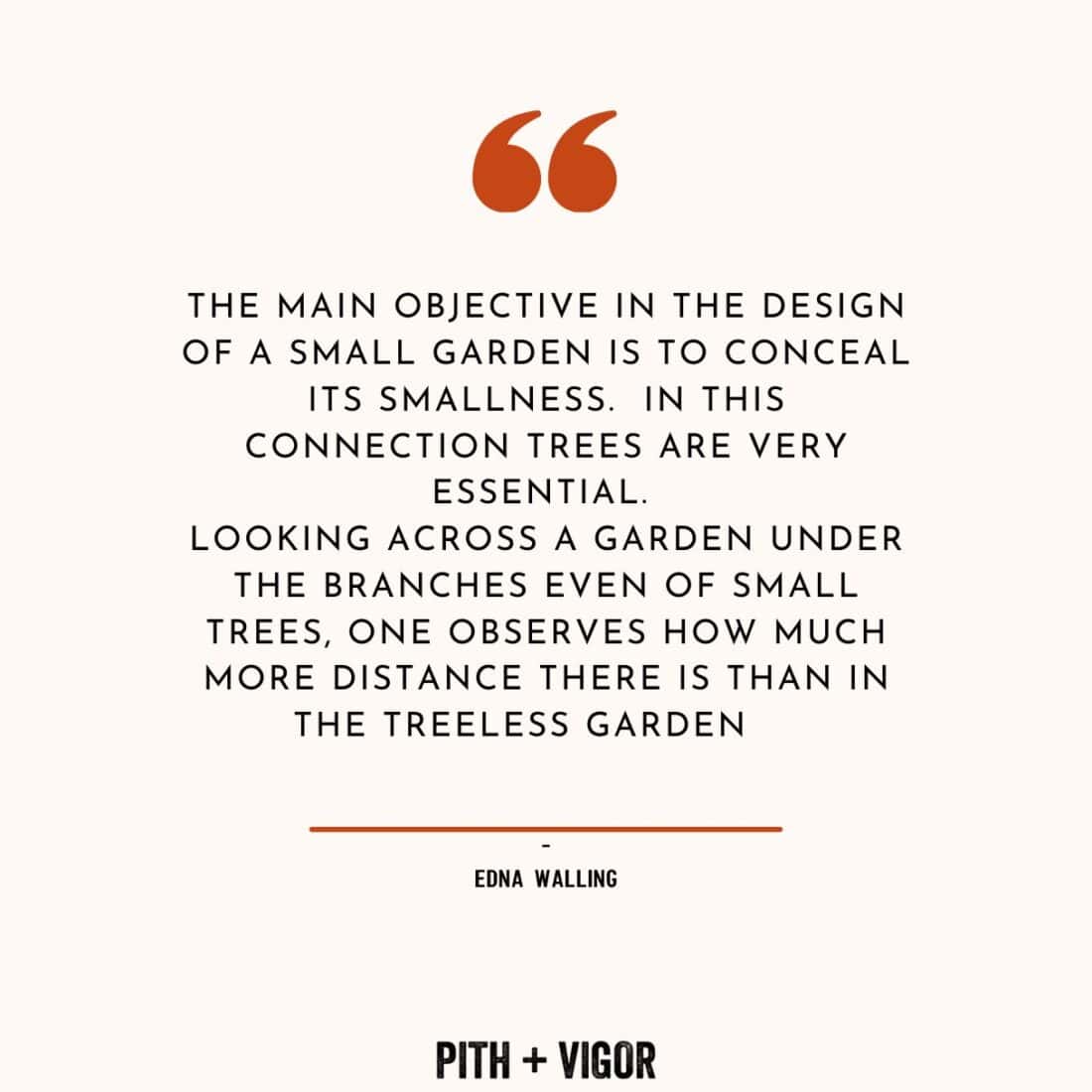
On Small Gardens And Trees…
How Winter is the True Test of a Garden’s Design…
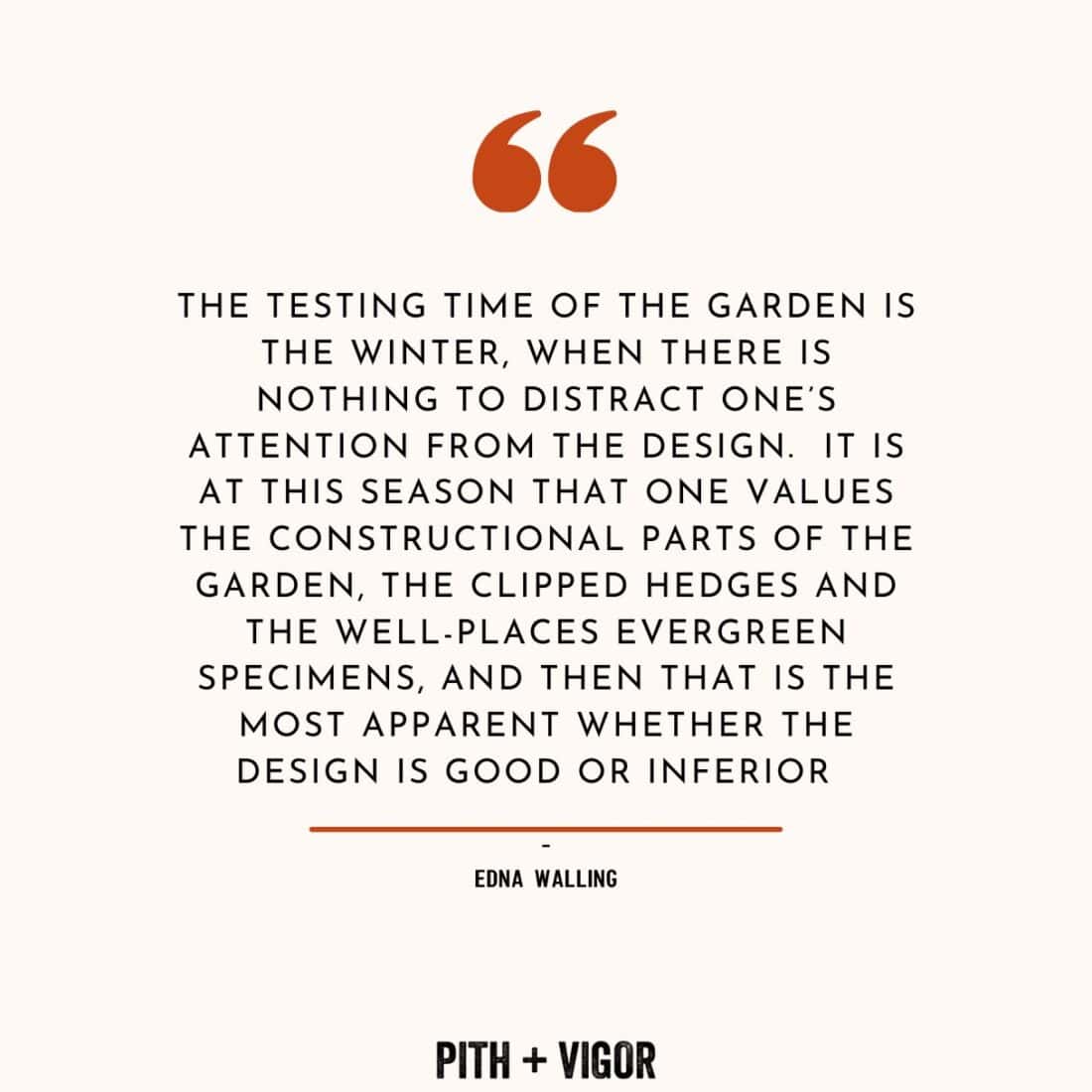
Seasonal Interest, Succession Planting, and Year-round appeal
Walling’s gardens were designed to be beautiful in every season. She selected plants that provided interest through their foliage, flowers, berries, and bark, ensuring that the garden had something to offer throughout the year.
She practiced succession planting, where different plants peak at various times of the year, providing continuous visual interest and encouraging biodiversity.
Respect for Context, Site-specific Design, and Historical and cultural sensitivity
Each of Walling’s gardens was uniquely tailored to its site. She took into account the local climate, soil, and existing vegetation, and designed gardens that harmonized with these factors.
Walling respected the historical and cultural context of her projects. In working with historical properties, she ensured her designs were in keeping with the character and history of the site.
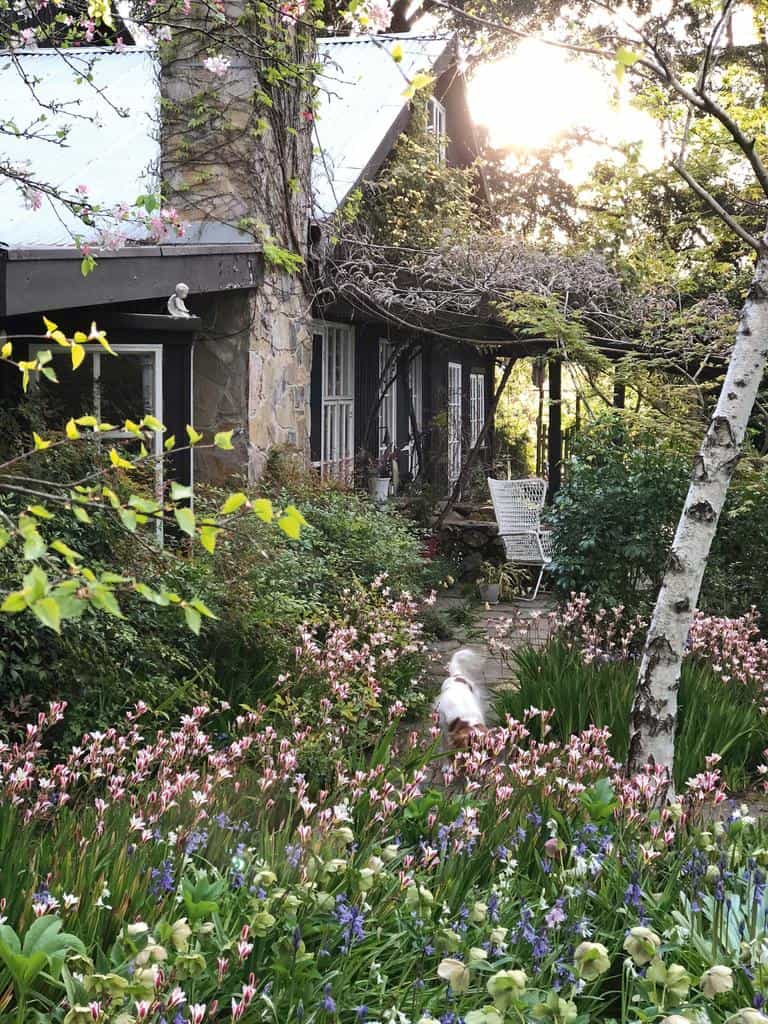
Educational Advocacy, Knowledge Sharing and Mentorship
Walling was passionate about educating others on the principles of good garden design. Through her books, articles, and lectures, she shared her knowledge and inspired countless gardeners and designers.
She mentored young designers and gardeners, imparting her philosophy and ensuring her principles continued to influence future generations.
The Social and Political Scene Impacting Edna Walling’s Work
Edna Walling worked during a time of significant social and political changes in Australia and around the world. These changes influenced her work and the broader landscape design community in several ways.
From the aftermath of World War I to the economic challenges of the Great Depression and the suburban boom of the post-World War II era, Walling navigated these shifts with a timeless design philosophy. Her legacy continues to inspire, demonstrating how thoughtful, environmentally conscious design can create beautiful, enduring spaces.
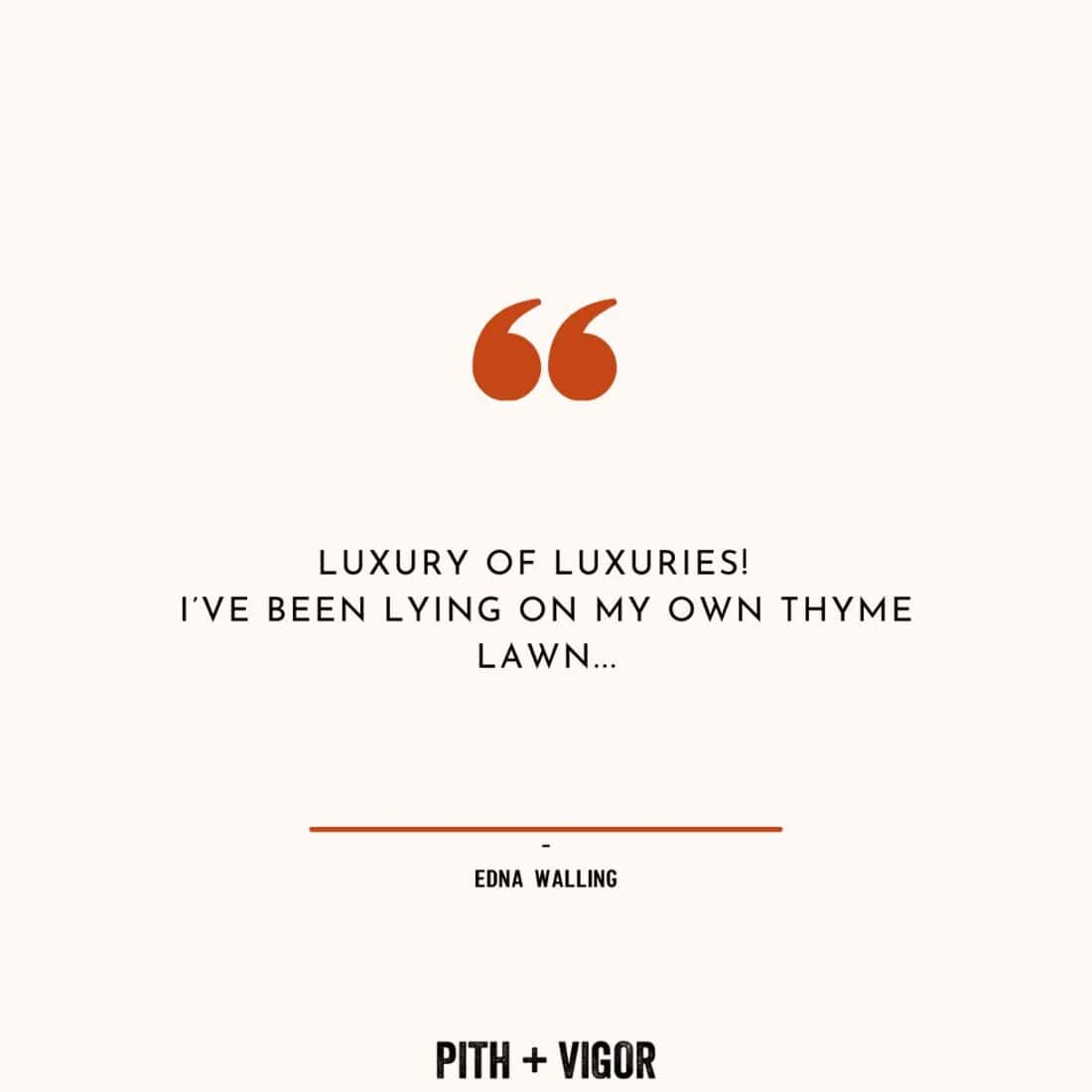
On Thyme Lawns…
On Cottage Gardens and the Perfect paths for Small Houses…
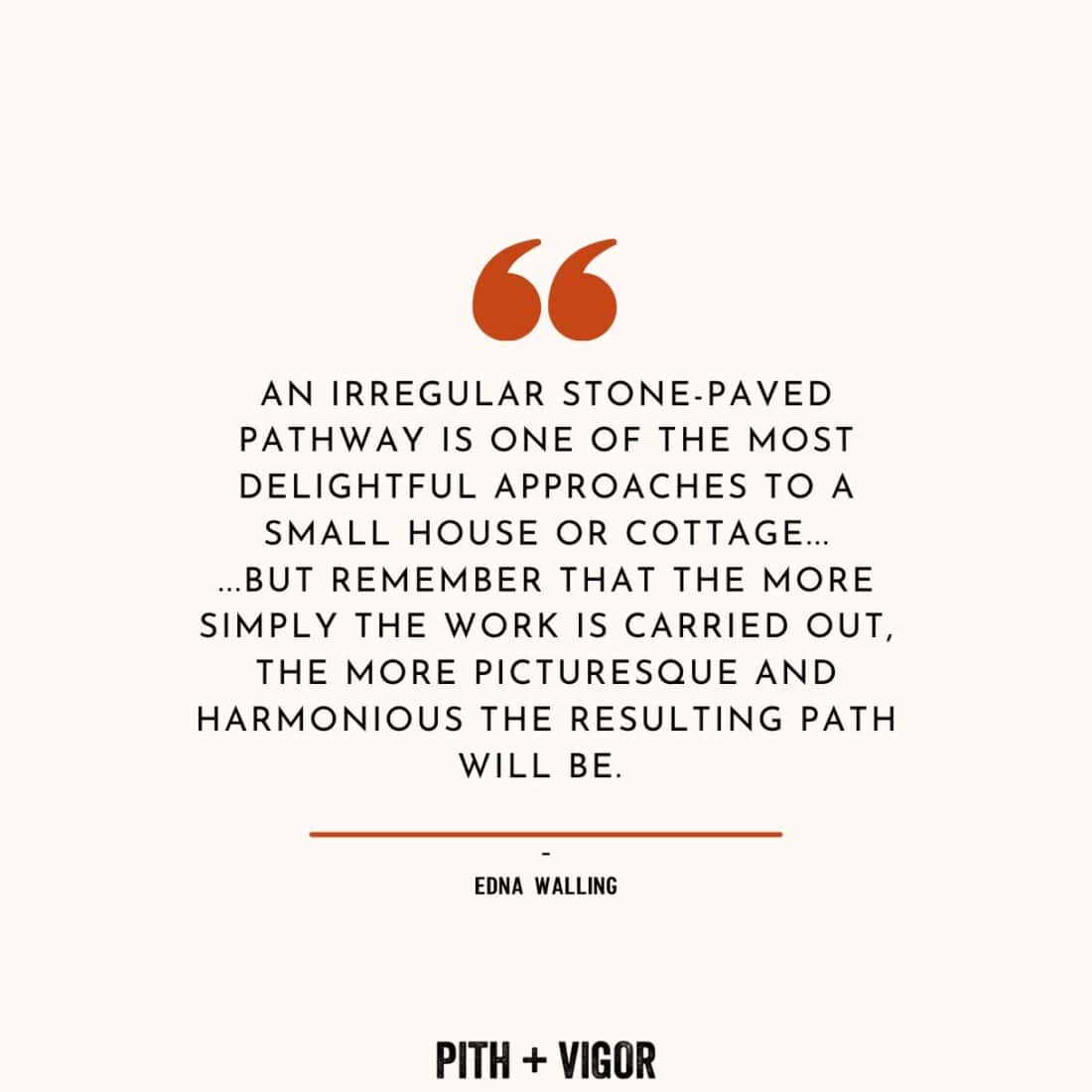
Early 20th Century: Post-World War I and the Interwar Period
After World War I, there was a growing interest in returning to nature and creating serene, beautiful spaces. The trauma of the war led many to seek peace and tranquility in gardens and natural settings.
The Arts and Crafts movement, which emphasized handcrafted quality and integrating art into everyday life, was influential. Walling’s designs often reflected these principles, focusing on natural materials and harmonious designs.
As cities expanded (urbanization), there was a growing need for green spaces and gardens. Walling’s work often aimed to provide an oasis of nature within urban and suburban environments.
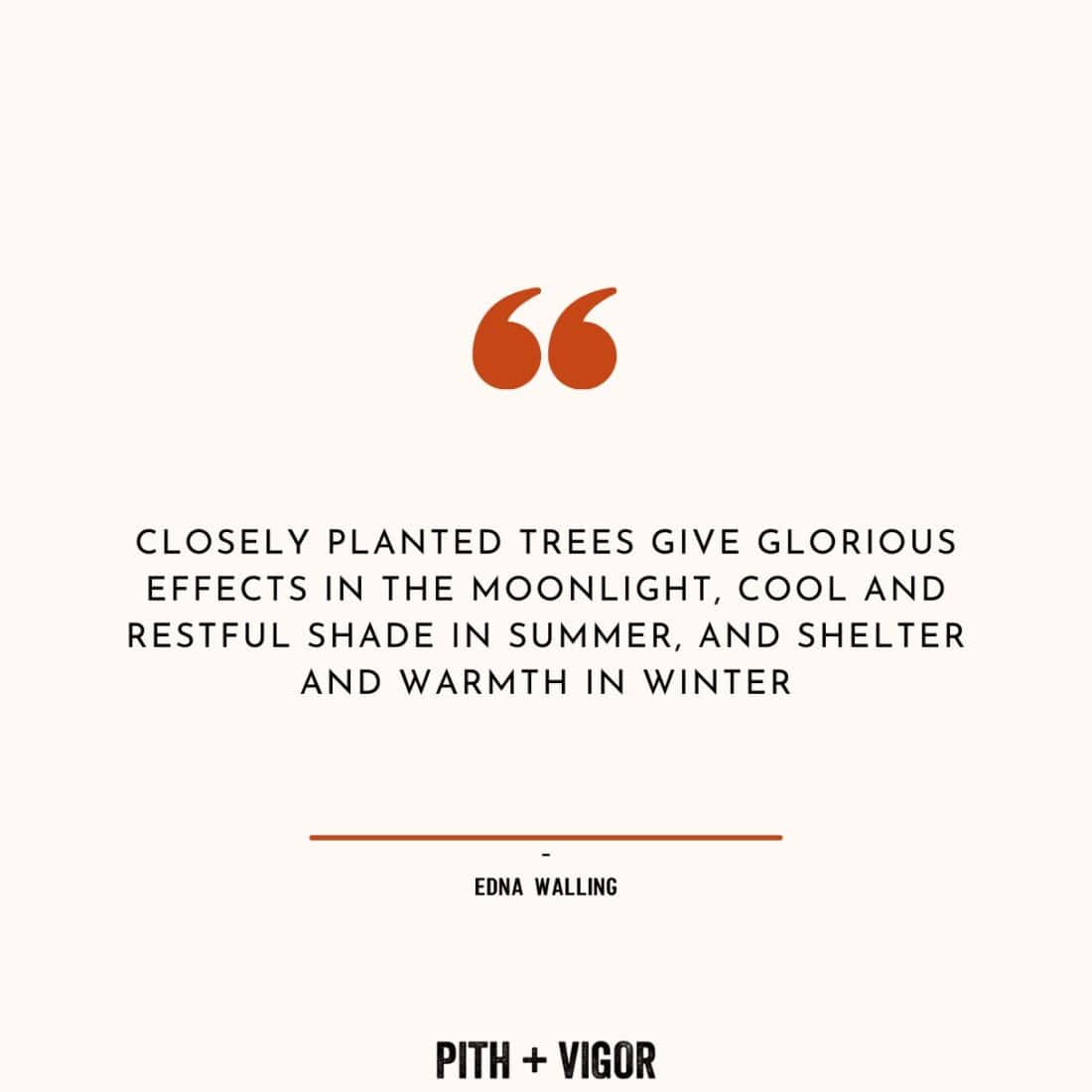
On Why You Should Plant More Trees… And More Closely Together.
On Colonnades and Making Small Gardens Feel Bigger…
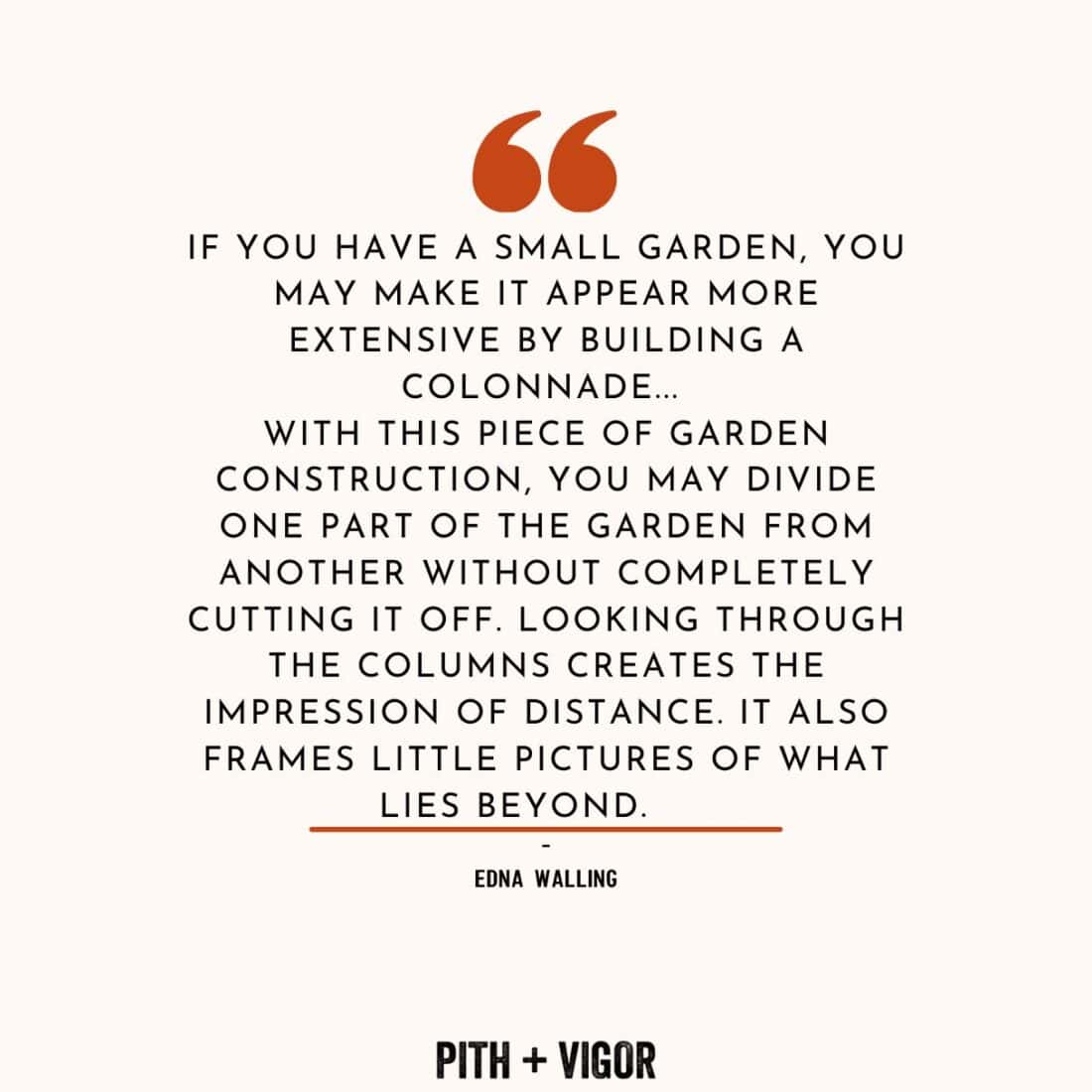
The Great Depression (1930s) – Economic constraints
The Great Depression had a profound impact on Australia, leading to economic hardship for many. Despite this, Walling continued to find work, as her designs were known for their practicality and low maintenance, making them appealing during tough economic times.
The economic constraints of the period led to an emphasis on simplicity and functionality in garden design. Walling’s minimalist and naturalistic approach resonated with the need for affordable and sustainable garden solutions.
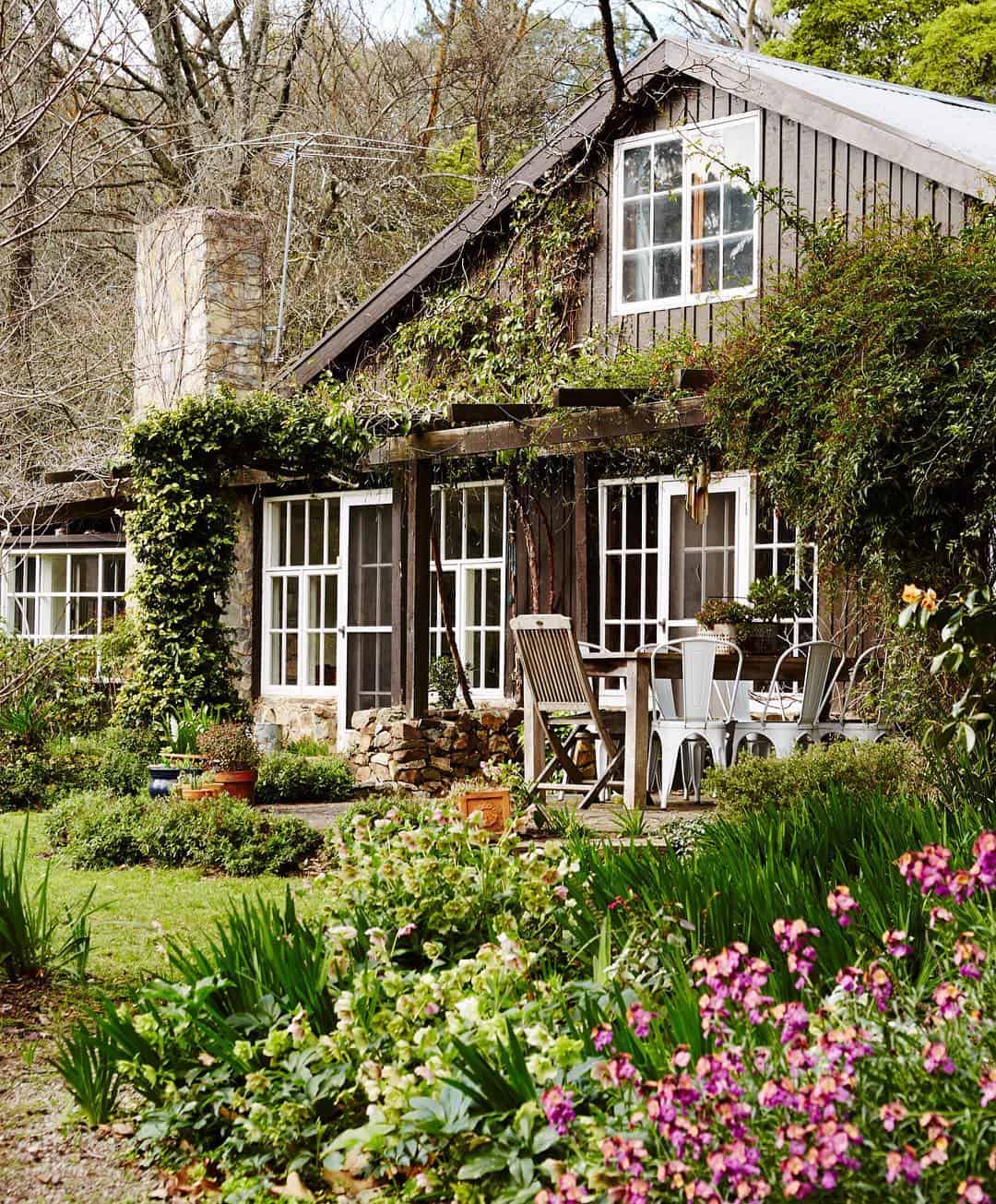
Post-World War II Era – Reconstruction and Suburban Growth:
After World War II, there was a significant focus on reconstruction and the development of suburban areas. The “garden city” movement, which aimed to combine the benefits of the city and countryside, gained traction. Walling’s designs, which often included village-like clusters of homes and gardens, fit well within this context.
The post-war economic boom led to the rise of the middle class, who had more disposable income and interest in home and garden improvements. This provided Walling with a steady clientele eager to create beautiful, functional gardens.
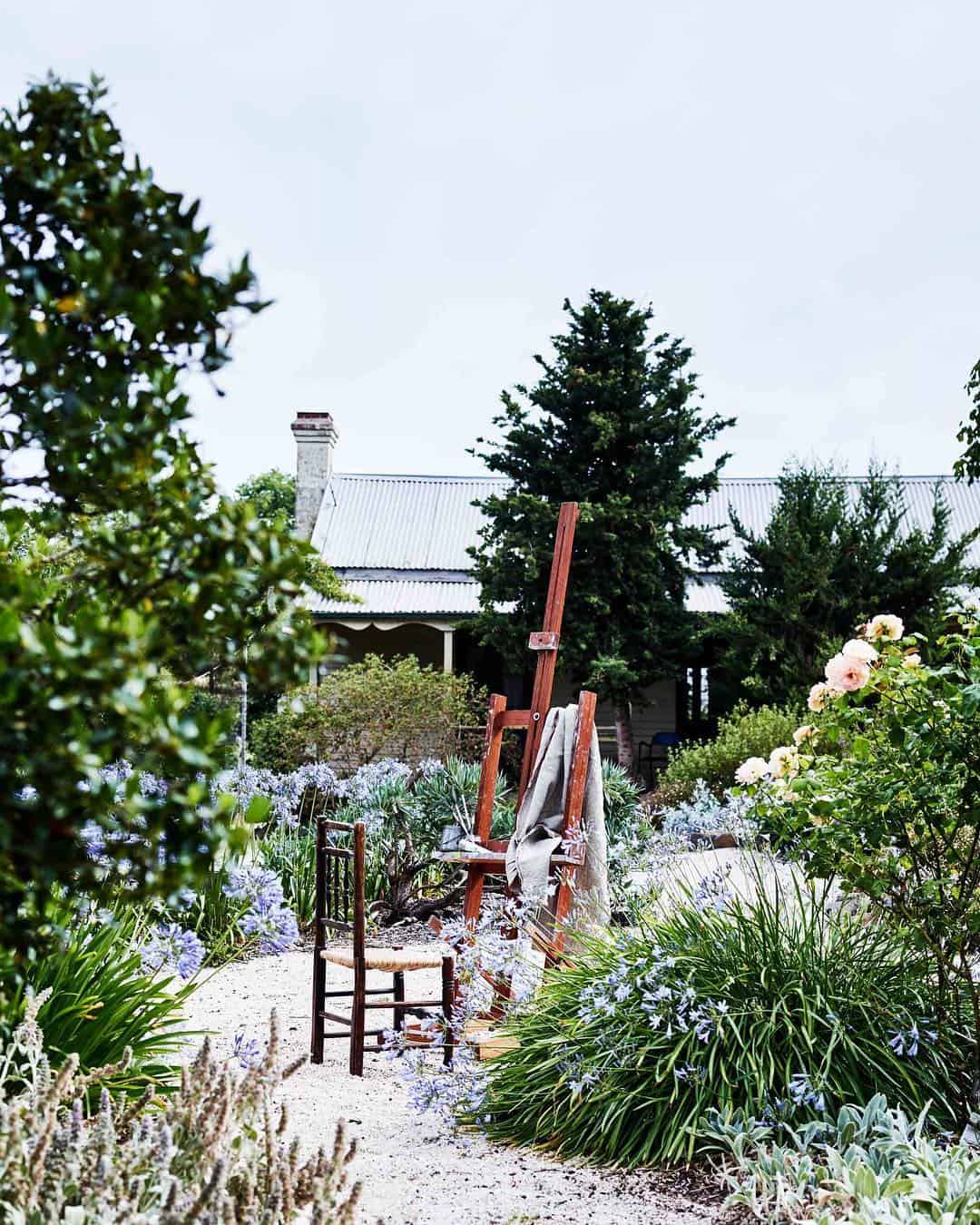
A Leader for Women’s in Society and in Landscape Design
During Walling’s time, the field of landscape design was predominantly male. Walling’s success as a female landscape designer was significant, as she broke through gender barriers and became a respected figure in a male-dominated profession. The growing movement for women’s rights and empowerment in the early to mid-20th century provided a backdrop for Walling’s work. Her independence, business acumen, and success story served as an inspiration for other women.
Environmental Awareness and the Conservation Movement
There was a growing awareness of environmental conservation during Walling’s career. She was an early advocate for sustainable gardening practices and the use of native plants, which aligned with the broader conservation movement.
Walling’s approach to garden design, which emphasized harmony with nature and the use of native species, prefigured many of the ecological principles that would become more prominent in landscape design in the latter half of the 20th century.
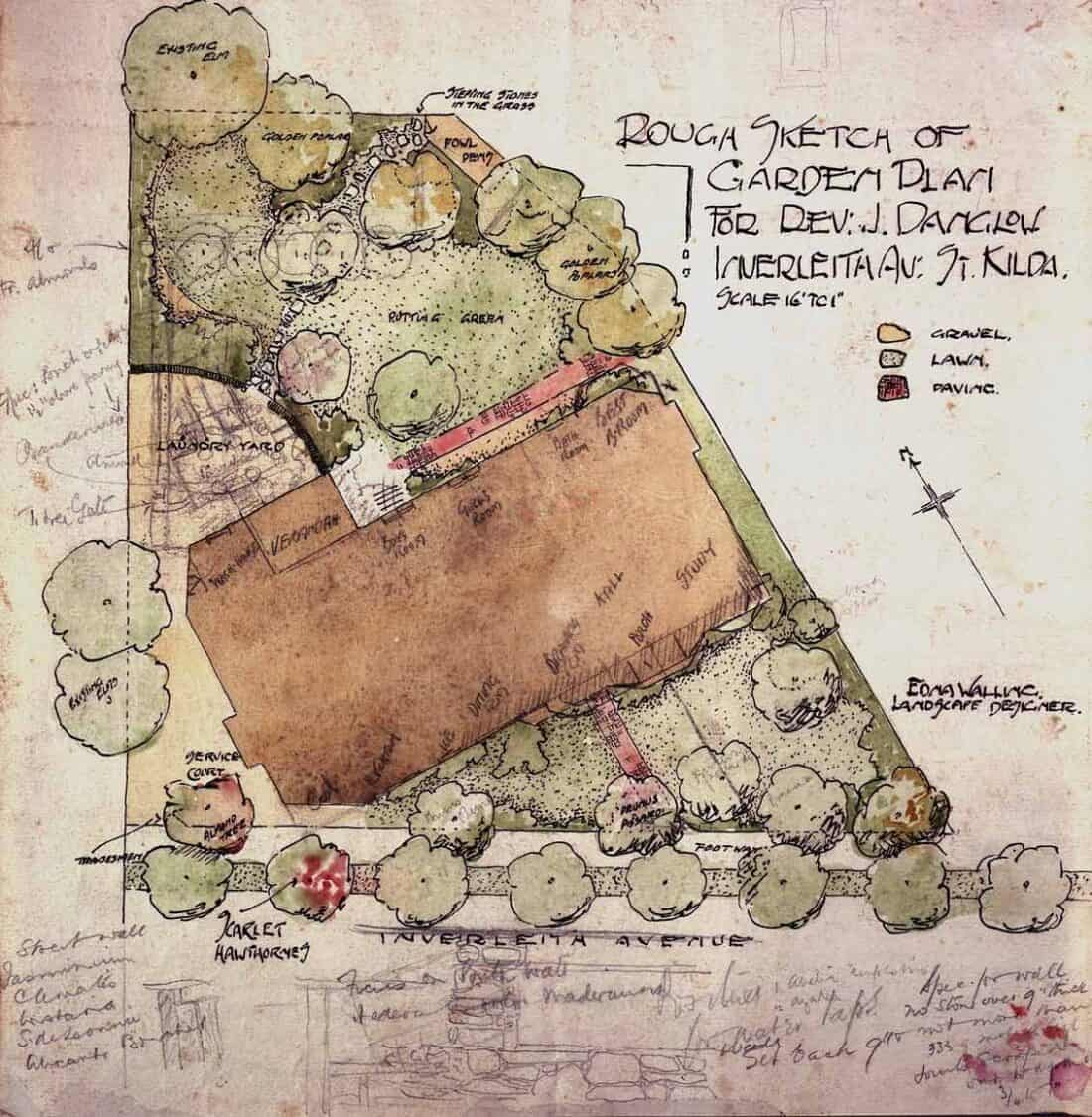
Arts and Crafts Movement and British Gardening Traditions
The principles of the Arts and Crafts movement, with its focus on craftsmanship, simplicity, and the integration of buildings and their surroundings, deeply influenced Walling’s designs.
As an English-born designer, Walling was influenced by British gardening traditions. She brought elements of the English cottage garden style to Australia, adapting them to the local climate and flora.

Edna Walling Gardens To Visit
- Kiloren Garden
- Bickleigh Vale (a whole Edna Walling Neighborhood)
- More to come – If you have a favorite Edna Walling Garden that is worth visiting, let me know, and I’ll add it here as I continue my deep dive into Edna.
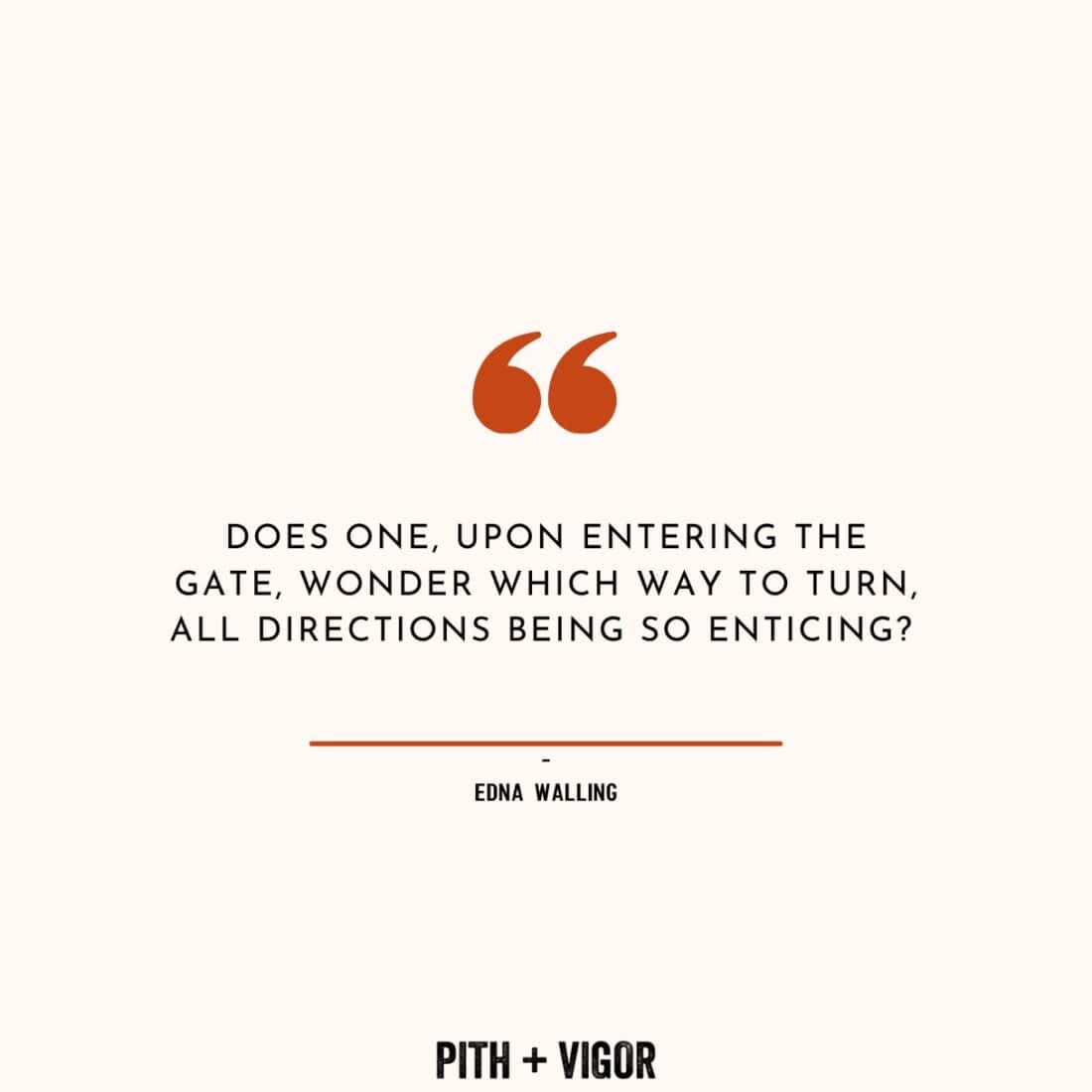
On Making the Garden so Enticing, It is Hard to Choose Where To Go….
On the Importance of Shade Gardens…
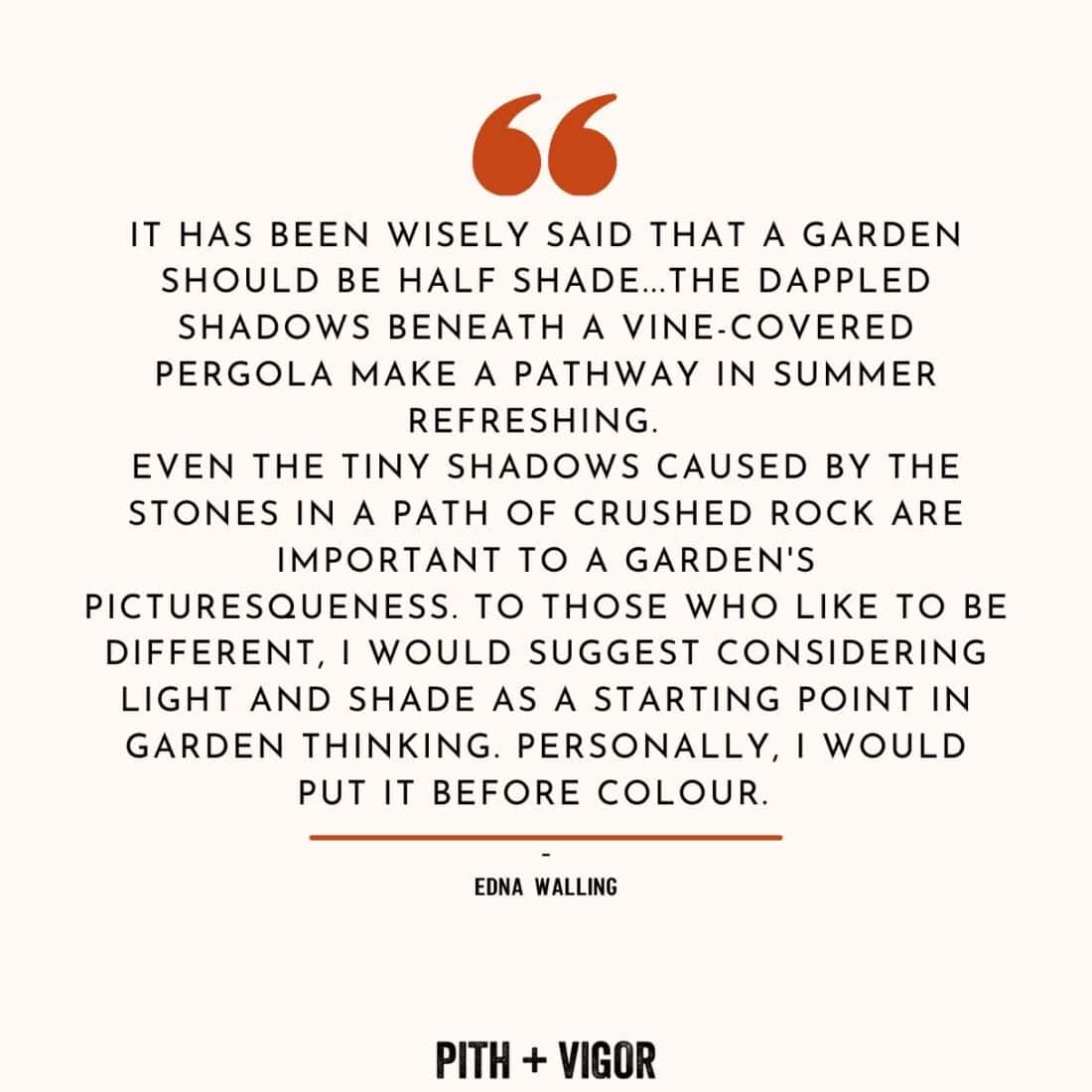
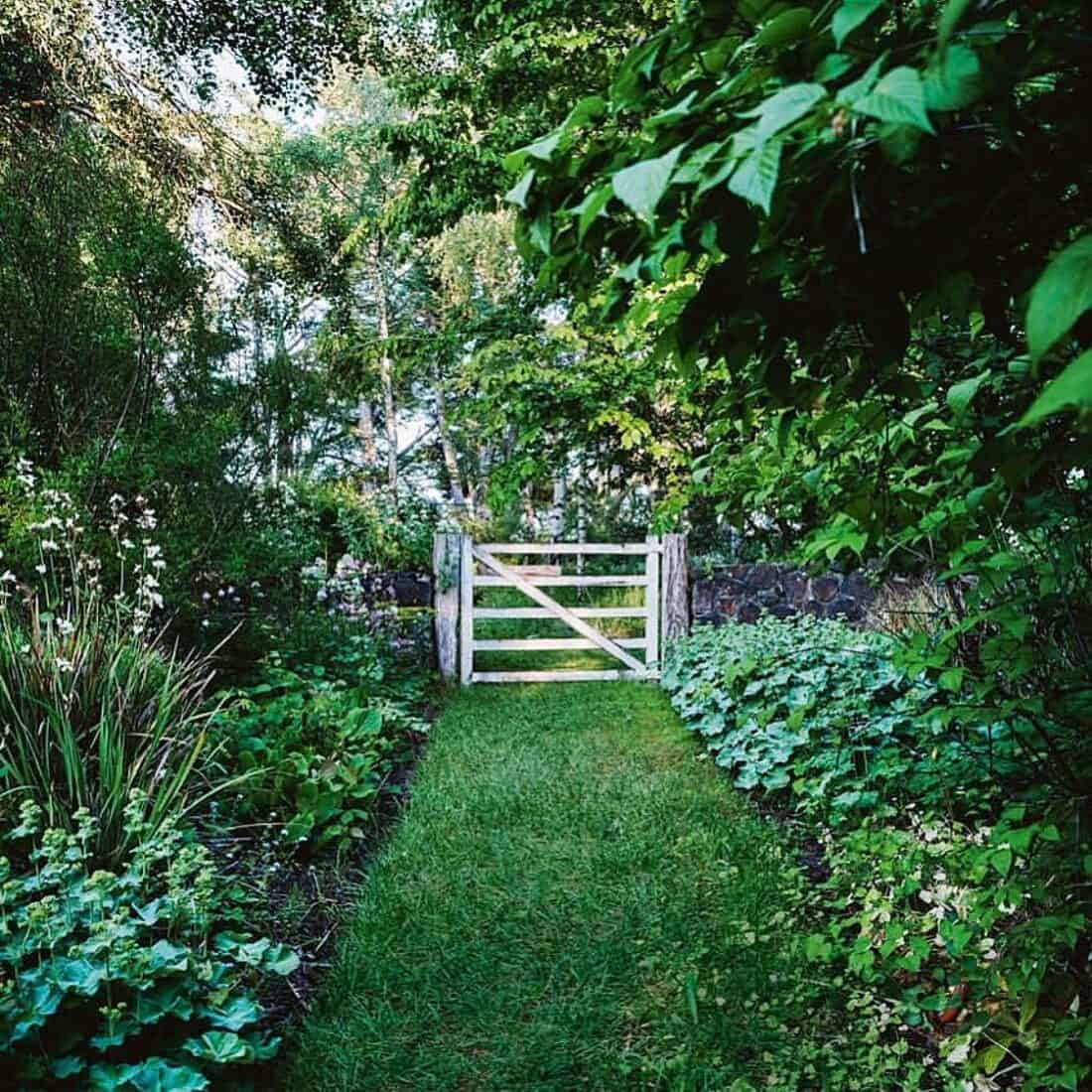
Research Resources and Things to Follow up on:
Tantamount – History and Gardens By Edna Walling.
“The harvest of a quiet eye” is a phrase used to describe the act of gathering beauty and insights from everyday experiences. It’s often associated with the idea that happiness comes from focusing on the well-being of others. Enda Walling and her friend Jean Galbraith (Botanist) enjoyed a long correspondence and created the materials for an unpublished manuscript that they called ‘The Harvest of a Quiet Eye.’ I would love to read this book. If you have access to this and the capacity to publish it, I think there is a market for it! (at least, I’d buy it!) 🙋♀️
I have a couple more Walling books arriving this week. As I learn more, I’ll add my thoughts and research to this post.
+comments+